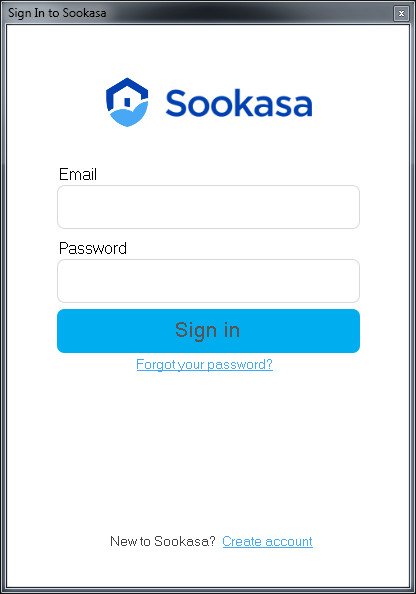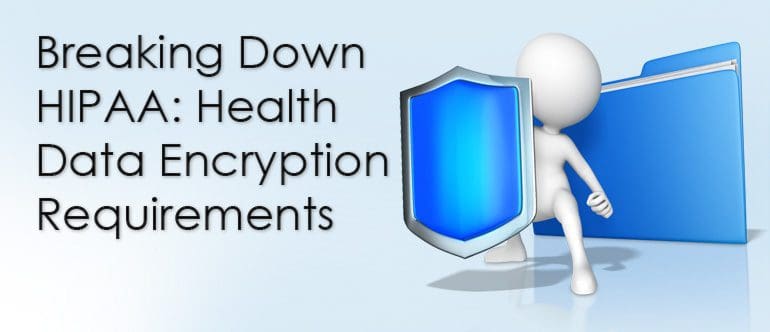


Also are there any issues I should know about with USB hubs?" Our favorite USB 3 hub comes from Anker, and we talk USB 3 issues, gamepad latency, and connecting all your gear in the video! Shannon's favorite? Move your data to a zero-knowledge provider like SpiderOak!īest USB 3.0 Hub? Rick E wrote "Do you have any suggestions for an inexpensive USB 3 Hub? I need 4 ports minimum, ac powered. Sookasa is $10 a month, HIPAA compliant, supports OneDrive, Google Drive, Dropbox, and a few others, and offers a ton of features. ODrive will encrypt and link all your cloud accounts together. Cool! We've got some easy options: BoxCryptor works with OneDrive, Google Drive or Dropbox. Sound Oasis Illumy Smart Sleep Mask Can this "smart" sleep mask make jet lag less painful? Can it put you to sleep at night? Is this really NASA technology? Our Illumy Smart Sleep Mask review is in the video!Įncrypt Cloud Storage Matt's started his "journey toward a more secure and private digital world," and wants to move from Dropbox to encrypted cloud storage. Hack Across The Planet! Here's the link for ! Subscribe To Our Video on YouTube, iTunes, RSS!ĭELL All In One Can Dell's latest all-in-one PC deliver real desktop performance? Watch our video to find out! As an interesting specialization of the previous point, we might want that the non-encrypted low-definition version and the encrypted high-definition version share as much bandwidth as possible, which implies some perceptual model.Dell XPS 27 All-In-One, Encrypt Your Dropbox Data, Illumy Smart Sleep Mask vs.metadata, sound but not image, a low-definition version.) to remain accessible by non-decrypting devices (which goes straight against the normal objective of encryption: that an adversary without key can not learn anything). We want a subset of the true data (e.g.We want the encrypted version to pass thru devices designed exclusively for multimedia data, including compressing perhaps with perceptually acceptable loss, or/and lacking error-correction.There however might be practical reasons for perceptual encryption, including Confidentiality of multimedia data is a problem fully solved by conventional encryption. This is solved by compressing before encryption, and accordingly decrypting before decompression and rendering. The one "obvious limitation" of conventional encryption applied to multimedia data is that once encrypted, multimedia data no longer is compressible, or recognized as multimedia data (with metadata) by non-decrypting devices. "Medical image protection using genetic algorithm operations." Soft Computing 20.2 (2016): 763-772. Pareek, Narendra K., and Vinod Patidar."An image encryption scheme with a pseudorandom permutation based on chaotic maps." Communications in Nonlinear Science and Numerical Simulation 15.12 (2010): 3998-4006. Digital video encryption algorithms based on correlation-preserving permutations. Socek D, Magliveras S, C’ulibrk D, Marques O, Kalva H, Furht B.However, conventional mechanisms have obvious limitations on the multimedia data such as images shown in the following papers: These mechanisms have been widely recognized as the standard multimedia encryption mechanisms. In the literature, I found the following: Security mechanisms developed in the existing digital medical image systems are mostly based on the conventional encryption techniques such as DES, AES, IDEA, RSA. Is the complete encryption of the file (image pixel data+ metadata(header file)) better than encrypting only pixel data (distorted image) which preserve the header information (codec information) of the encrypted image? I am working on securing medical images, but I could not find the answer to this question. Why we need pixel data encryption (perceptual encryption), not the complete file encryption (conventional encryption)?


 0 kommentar(er)
0 kommentar(er)
